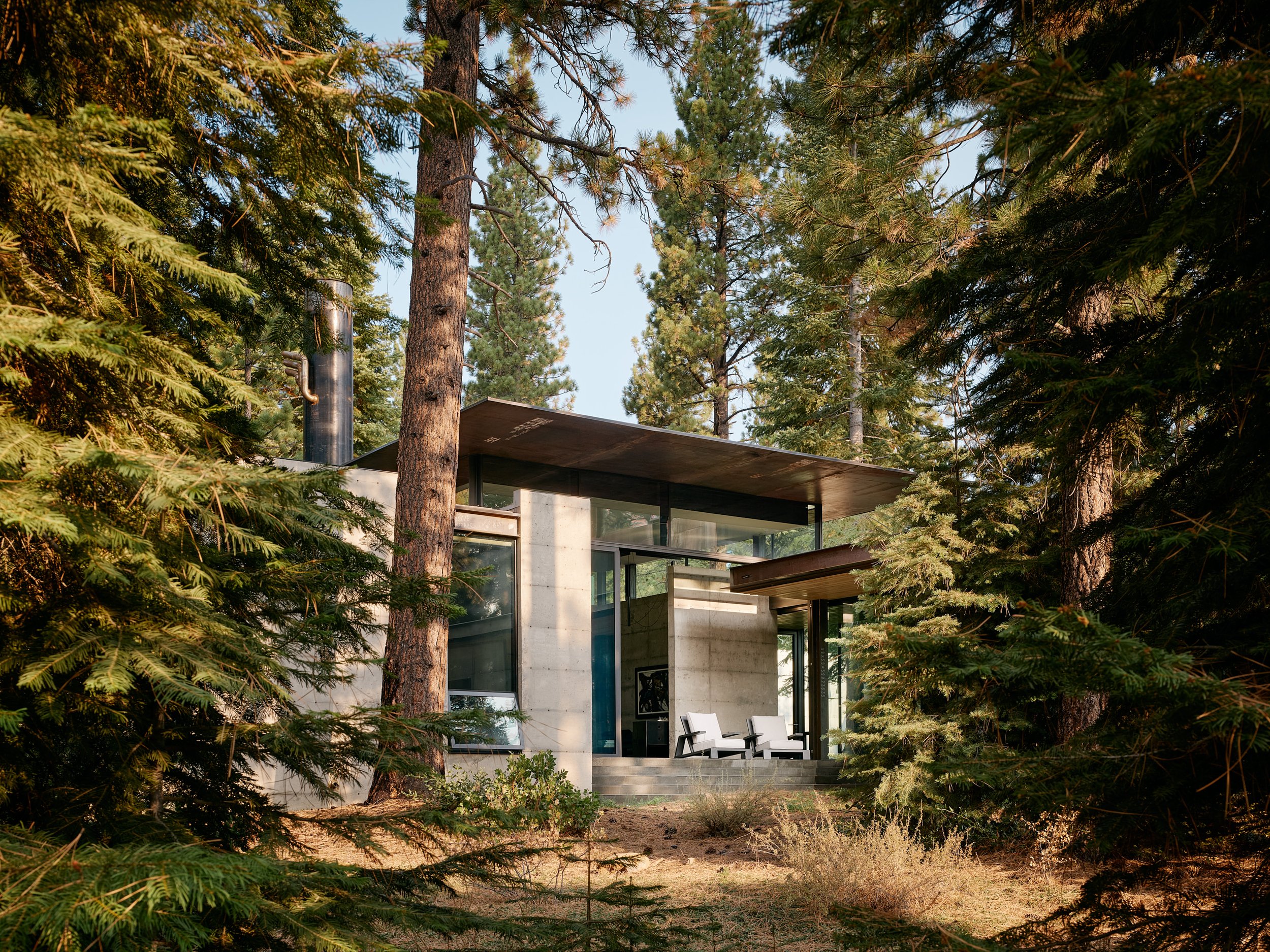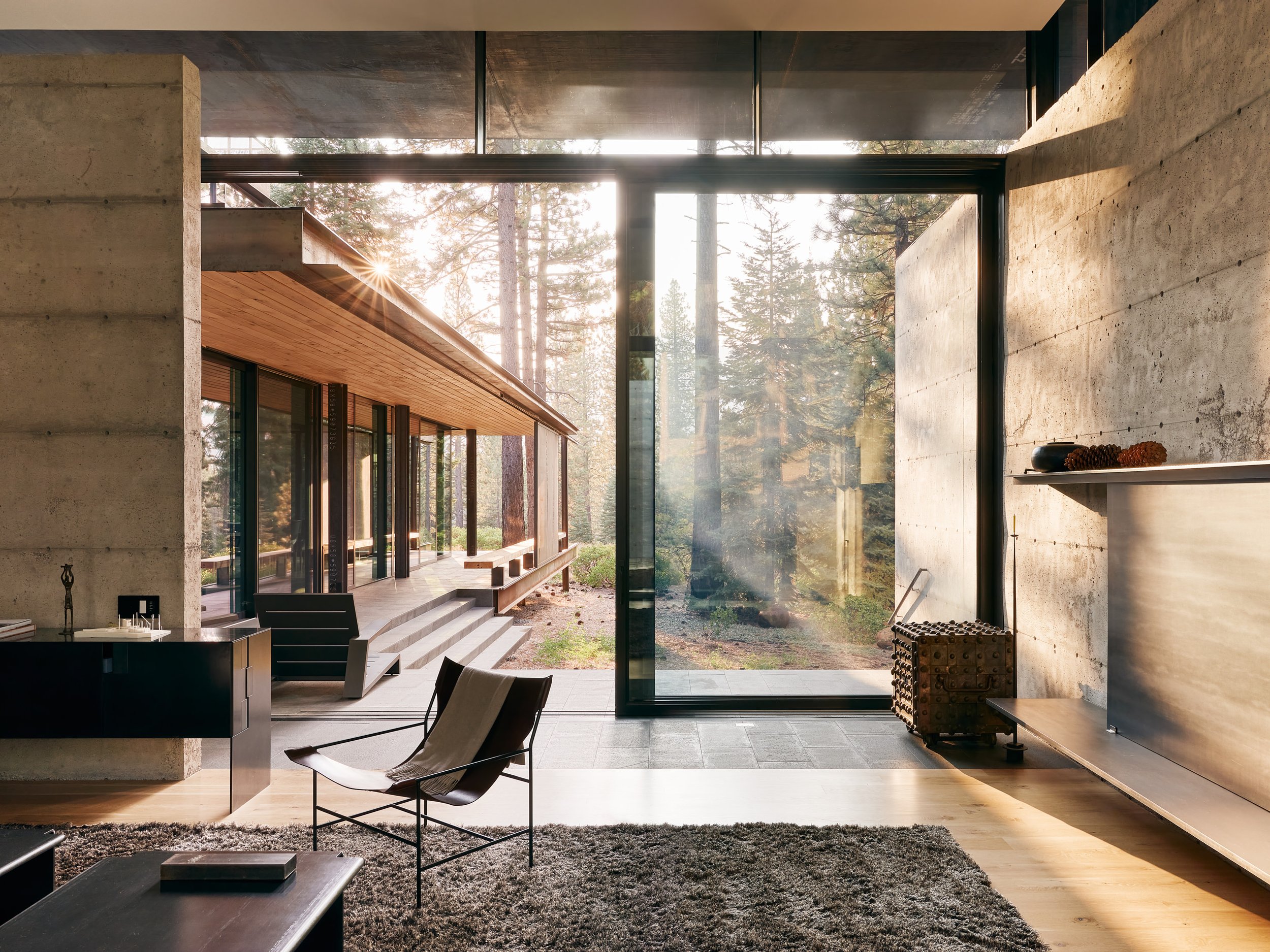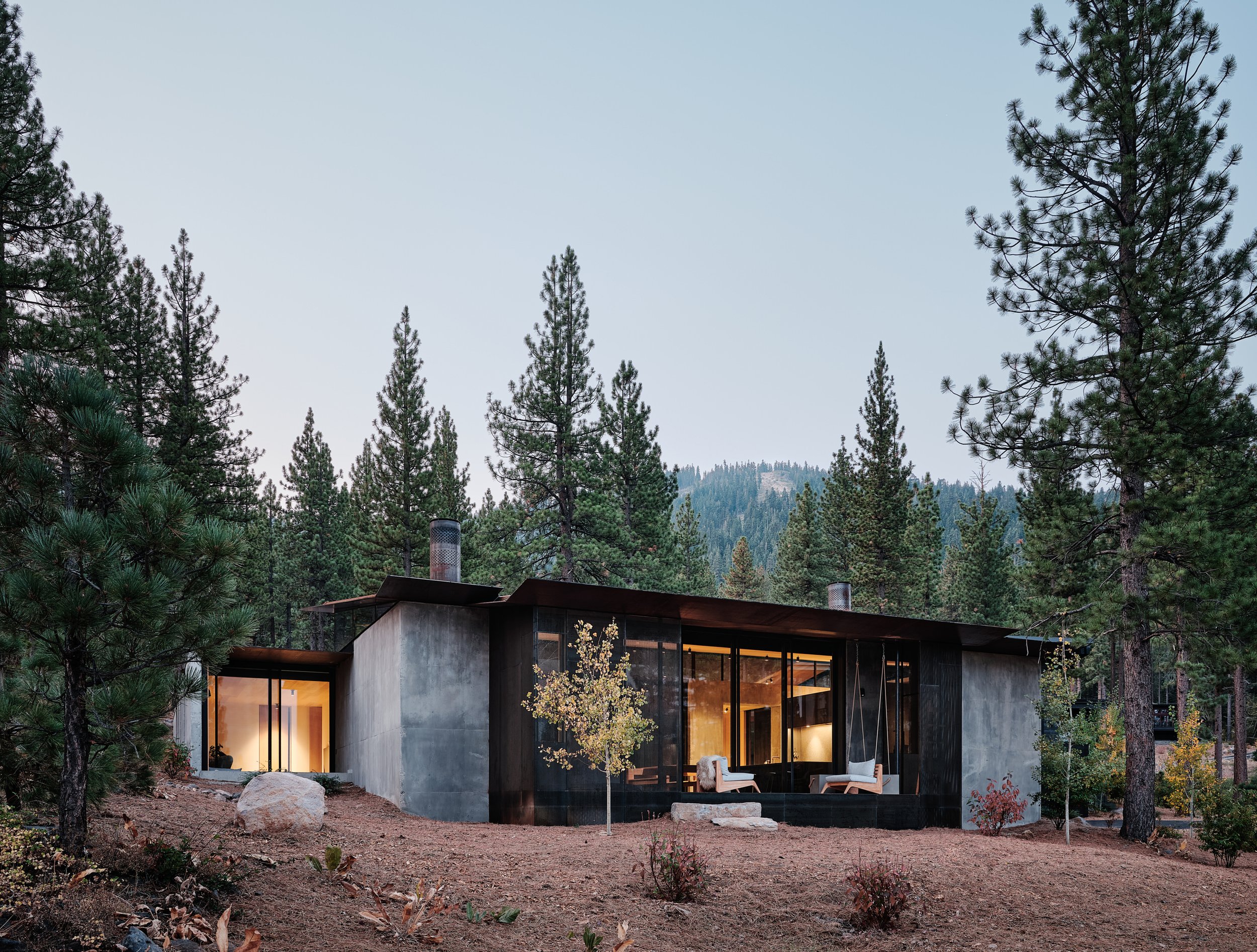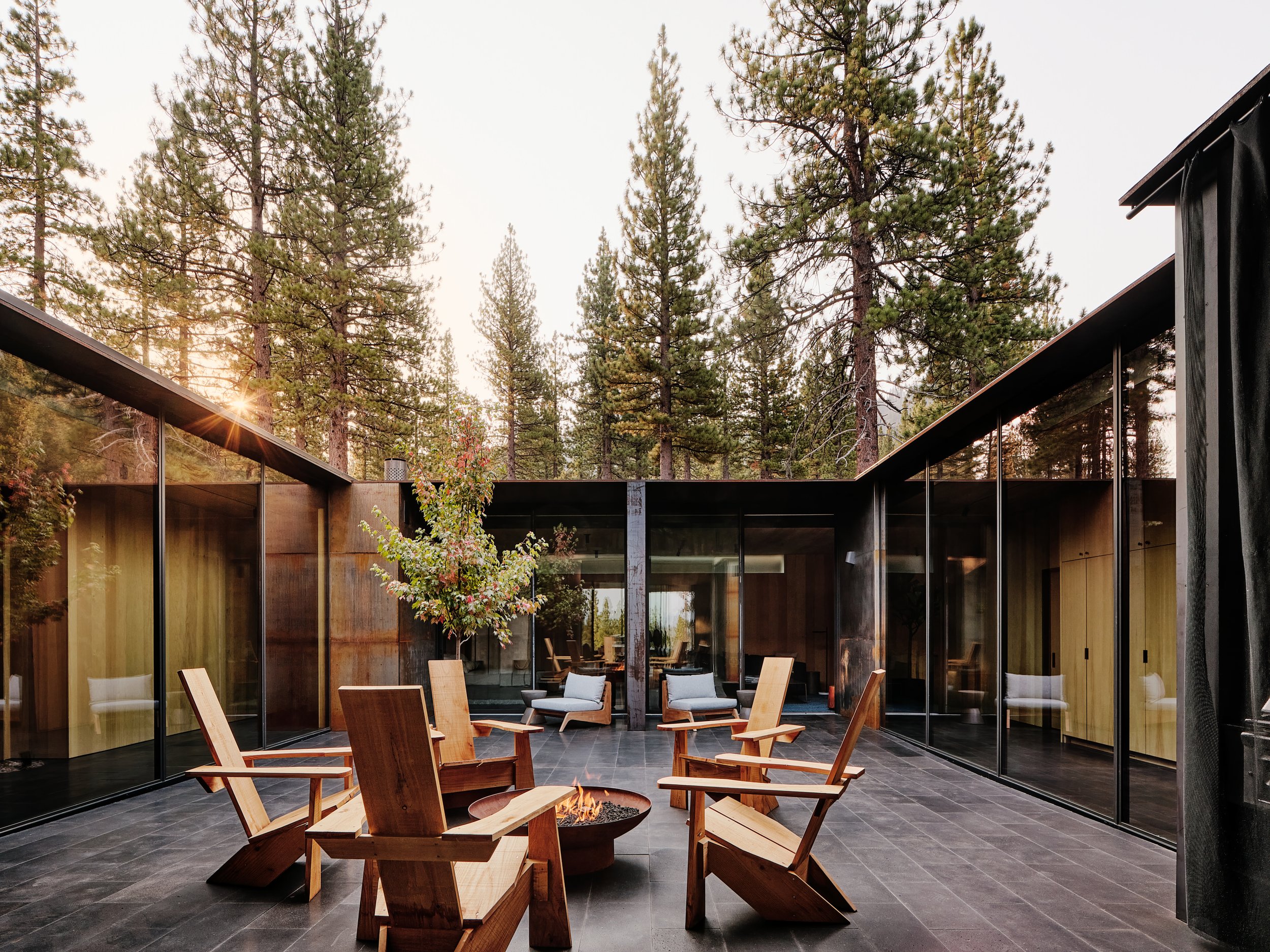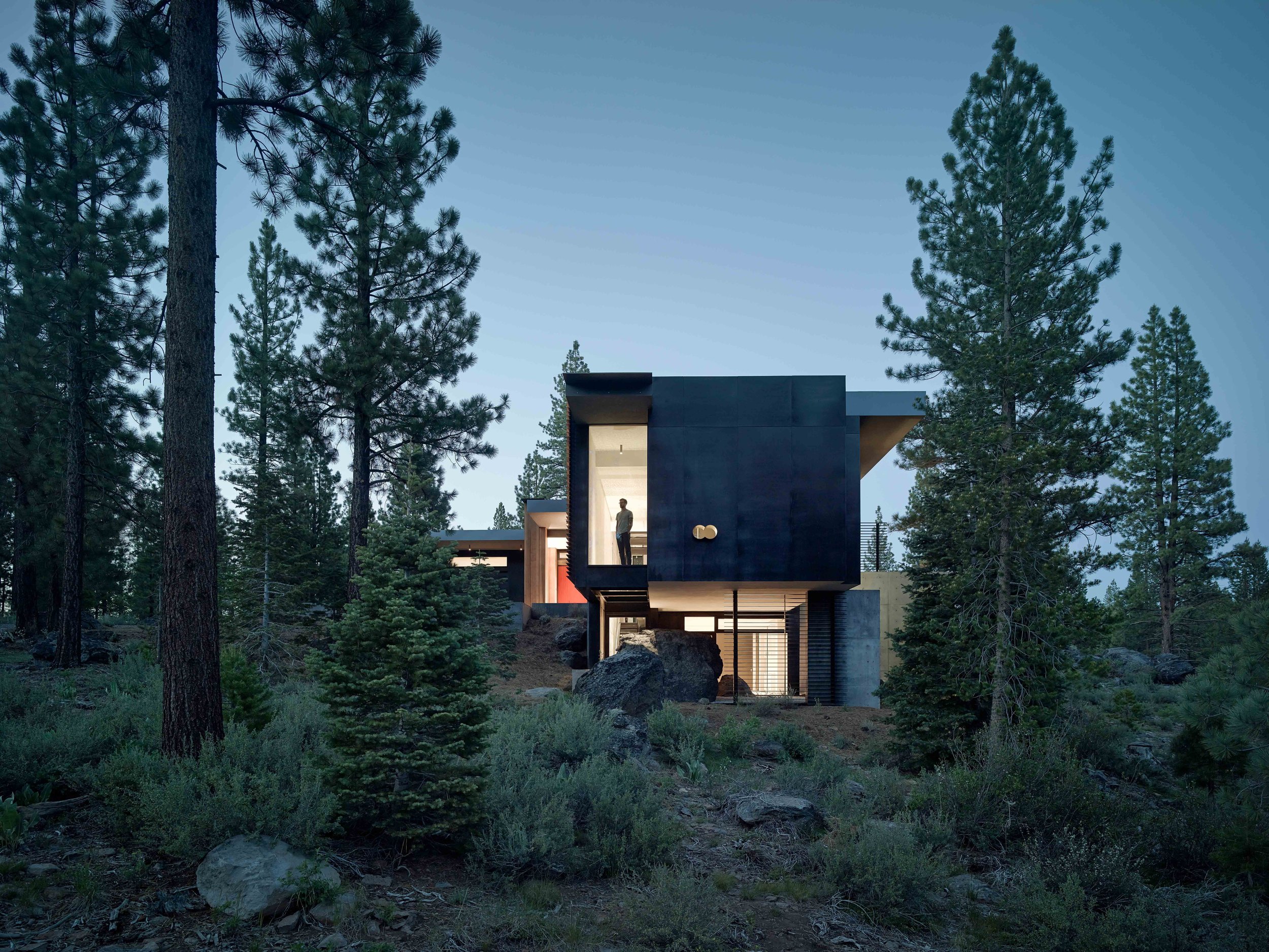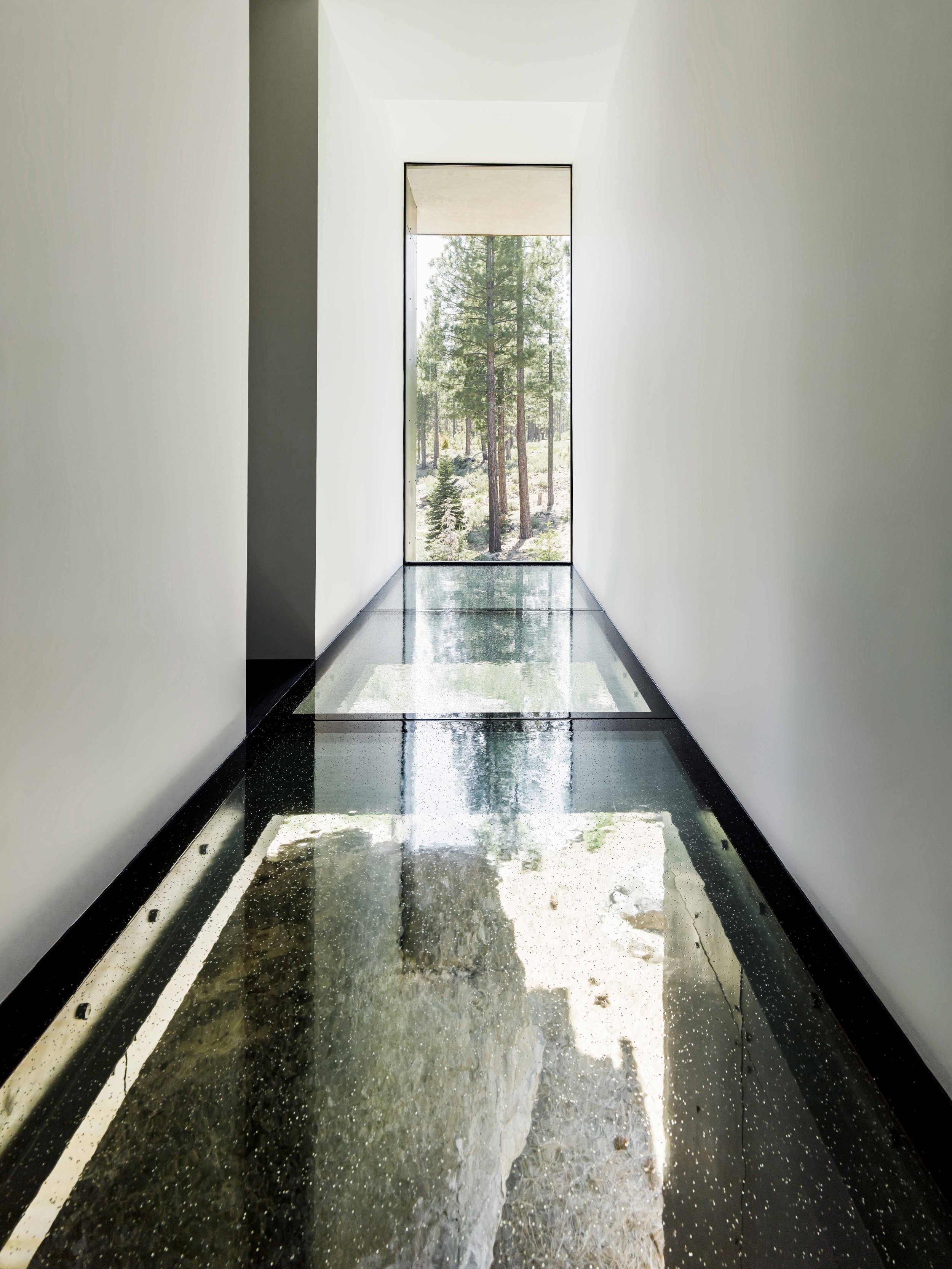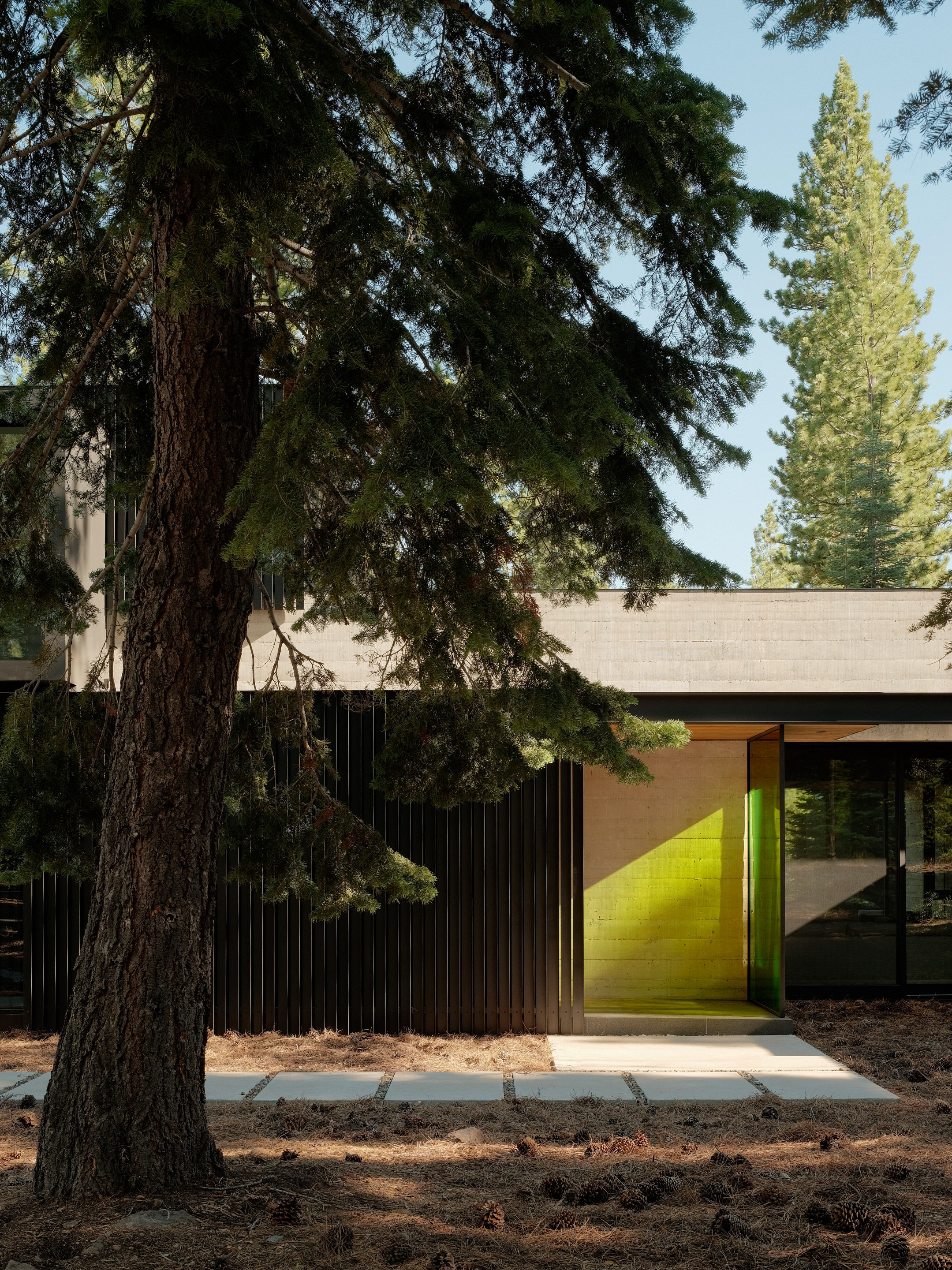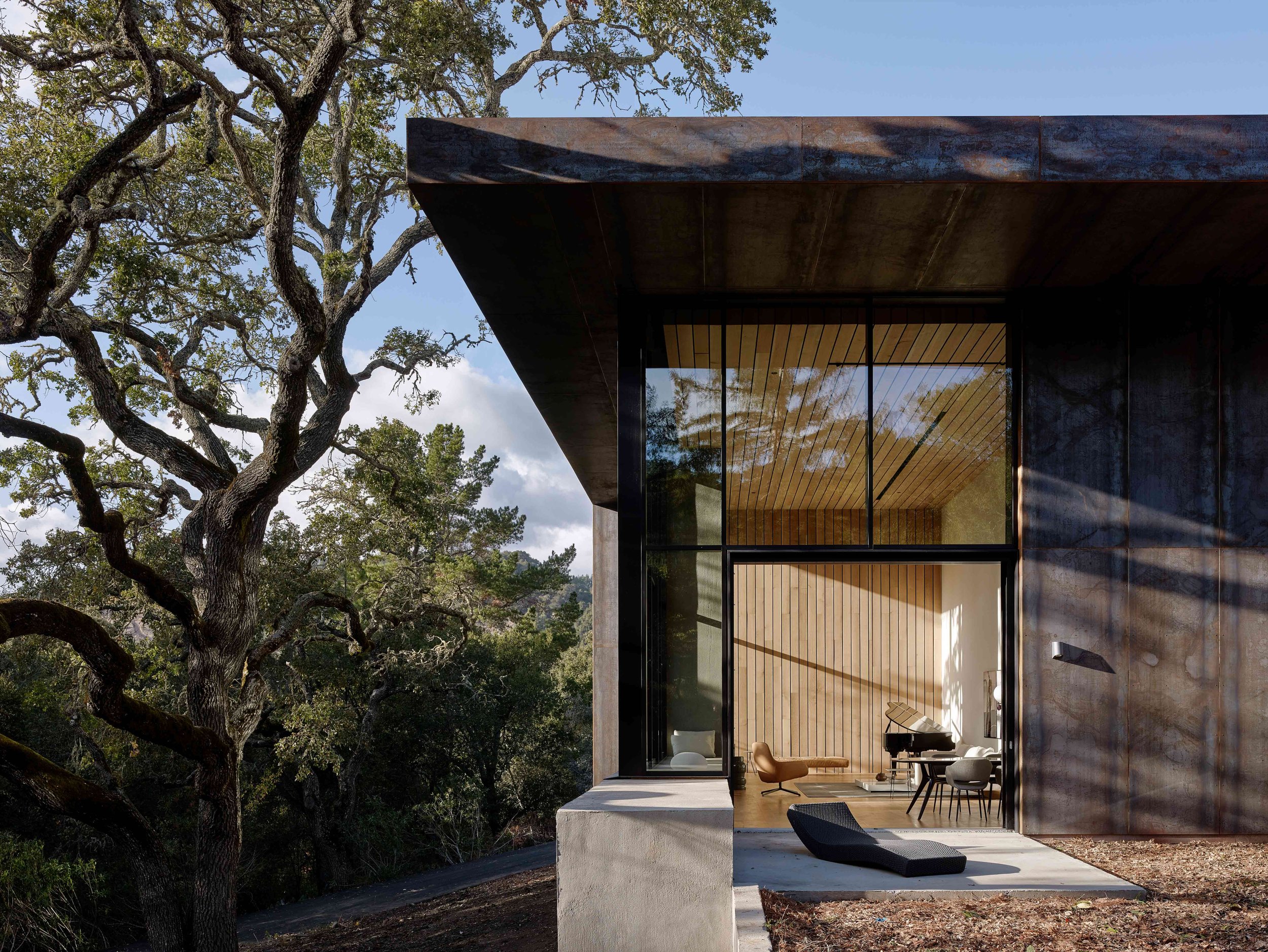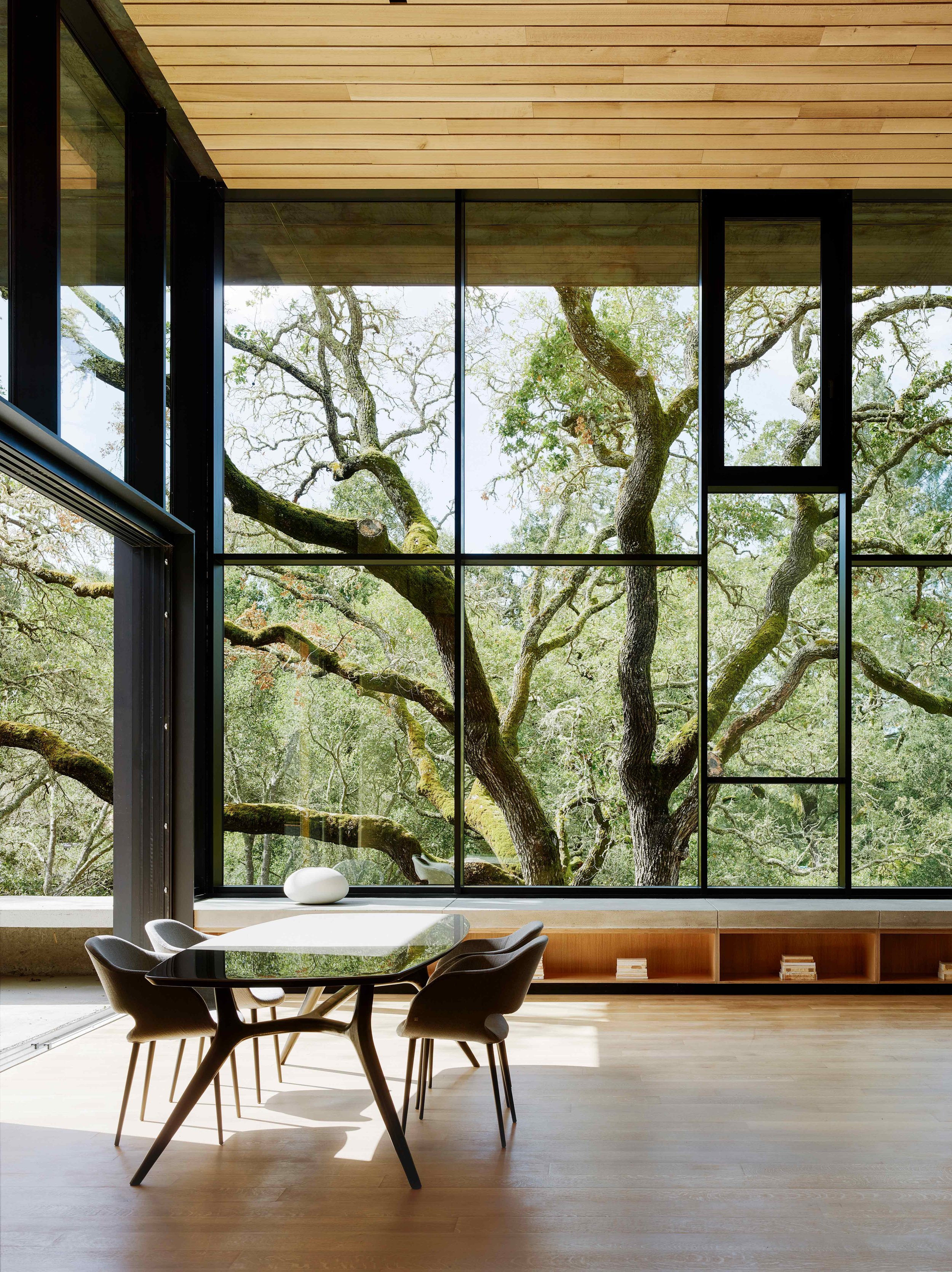#308 - GREG FAULKNER, Founder & Director of Faulkner Architects
SUMMARY
This week Architect Greg Faulkner, founder & director of Faulkner Architects joins David and Marina of FAME Architecture & Design to discuss his background as a design engineer in the aircraft industry; his tools and process; working with the site; his design philosophies and architectural truths; running and maintaining a small-sized practice; collaborating with Tom Kundig to design his house; and more. Enjoy!
ABOUT GREG
Faulkner Architects was formed by Greg Faulkner in 1998 to pursue the development of highly crafted, site-sensitive spaces. Emphasis is placed on an interactive process between architect, client and builder through the duration of the project, that allows the inhabitants to be intimately involved with design. A strong commitment to the quality of every project is evident in the structures and professional relationships. Repeat projects for clients that become friends make up a third of the work at Faulkner Architects.
Evolution of the design into and through construction is an integral part of the process. Work begins with listening to the client and understanding their ultimate goals for the project. A measured response emerges after careful consideration and observation. The designs are affected by vernacular traditions drawn from the culture of the place in which the project is to be built. These traditions impart wisdom to materiality, formal massing and most importantly, provide an overriding common sense view of building in an appropriate way.
The firm has earned recognition worldwide. AIA California Council Residential Honor awards were received in 2016 and 2017 for Creek House and Miner Road. Creek House also claimed a 2016 Residential Building–Single Occupancy House of the Year award from LEAF in London the same year. The firm's work has been published in Dwell, Wallpaper*, Sunset, Luxe, Arquitectura y Diseno, and Enki.It has been featured online at, Architectural Digest, Elle Décor Italy, Dezeen, Architect, The Cool Hunter, Curbed, Opumo, Corriere Della Sera, Uncrate, Stupid Dope and Architectural Record.
TIMESTAMPS
(00:00) Greg’s early life before architecture.
(06:30) Thoughts on architectural education.
“I wanted to know more. When you're young, there are so many voices and you have to filter and understand what’s right and wrong, and how when you look at an architect's work, you have to look at how the buildings are built and what that means. Then you start to look for alignments with yourself. You really start to realize there's just so much to know and so much time is spent on the production of buildings, the drawings, and the construction period that the concept phase is sometimes leapfrogged or gone over too quickly to get on with the business of building the building. I found that concept design the supercritical time and that's the time that's the most important for the rest of the project.” (12:13)
(17:24) Transitioning from school to the founding Faulkner Architects.
(21:46) About Faulkner Architects.
(27:03) The importance of concept design.
“When you’re designing, you have to have confidence. Making a good drawing builds confidence. If you can make the drawing start to feel good, then it works. Then it gives you confidence the building might work.” (35:25)
(39:00) Greg’s process for working with site.
(50:42) Designing Analog House with Tom Kundig.
“Our firm is very busy and throwing in my personal house into the mix with the lowest priority in the office—because the clients houses are going to come first—is not a great way to do a good house. I heard Tom speak at a lecture in Reno, and we hung out after the talk. The more I read about his work and watched some lectures, I saw that he knew the same things that I did and knew a lot of these eternal truths that are ignored by a lot.” (52:24)
(01:03:19) Greg’s architectural truths.
“If you're designing the space first, then you're not designing an object to be looked at. it's an experiential decision-making process… And if you make reasonable decisions along the way, it'll be good aesthetically in the way it feels. If you have a narrative for how you're making those decisions, for the form and the materials, you don't have to worry so much about what it looks like.” (01:11:02)
(01:16:35) Working with clients.
(01:21:49) The most challenging house.
(01:29:12) The most challenging part of Greg's job.









